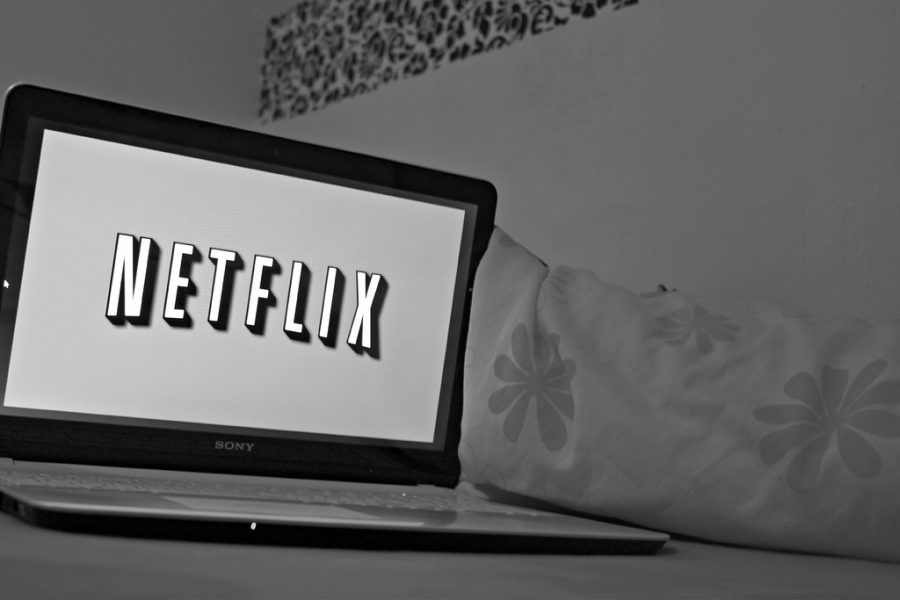The Ultimate Debate: Netflix or Cable TV?
Netflix has become an integral part of our cultural society. It now seems that everyone is preoccupied with surfing Netflix recommendations, binge watching hours of TV and even partaking in Netflix and chill. With this online streaming service slowly taking over the realm of entertainment, it can be easy to forget about Netflix’s predecessor — cable television.
Until recently, most people would have considered Netflix to be the alternative to traditional television services. It doesn’t seem like too long ago when families and friends would crowd around the TV to watch their
favorite weekly shows. There’s even a whole episode of “The Office” centered around a “Glee” viewing party. Now it seems as though watching cable TV has become almost obsolete.
Online television streaming was not a big thing, until it was. The benefits of online streaming, ranging from accessibility to affordability, are a major draw. By 2016, Netflix had more than 33.3 million subscribers, hardly a small feat. Meanwhile, cable television companies have been hemorrhaging money due to share value drops. It seems as though the media world is headed towards a new normal.
This all leads to the main question: which is better, cable or Netflix? The answer, while tough to admit, is Netflix. For so long traditional television has been a societal staple, but in many aspects Netflix outshines its predecessor.
The absence of commercials is one of Netflix’s biggest advantages. Commercials are frustrating to say the least. They can be long, boring and unwanted. Even worse are the week-long waits between television episodes, especially since most shows end with intense cliffhangers. Netflix has done away with both commercials and wait time, allowing viewers to watch entire television seasons with no interruption and binge-watch to their hearts desire. Advantage: Netflix.
Cost is another factor leading to Netflix’s success. Cable television is expensive; most packages are upwards of $20 or $30 per month. Netflix, on the other hand, costs an average of $9.99 per month. For people like college students who can’t afford to spend money on cable television, Netflix is a cheap alternative.
Netflix original shows also have an edge when it comes to quality. Cable television shows typically have around 22 episodes per season, with one episode per week. Since it takes about a week to film one episode, this means that cable shows have tight shooting schedules and must finish all their editing before the next season. In such a rushed environment, quality can sometimes suffer.
On the other hand, Netflix doesn’t have to worry about TV schedules. Shows have fewer episodes per season, about 13, and because of this creators can spend more time filming and editing each episode. As a result, the quality of Netflix’s original series is often better.
Now, this isn’t to say that people don’t watch cable anymore. Many do still watch cable, and there are still quality shows on cable television. However, in the modern age of mobility, individuality and impatience, there is no doubt that Netflix will emerge victorious.
Email Lily Dolin at [email protected].
Check out the rest of the Arts Issue here.























































































































































